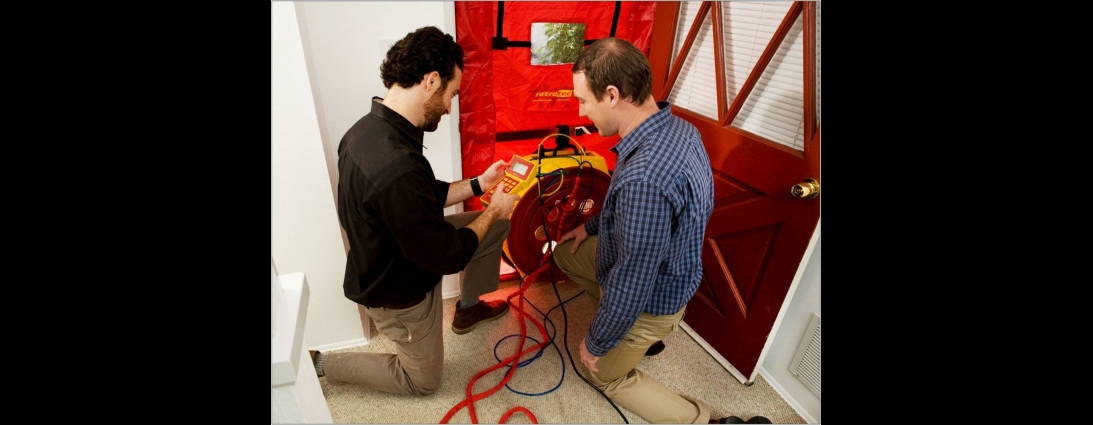

Maybe your guest bedroom is frigid and drafty in the winter, forcing Aunt Linda to layer on the blankets and run the space heater all night. Perhaps your south-facing rooms are unbearably hot in the summer, reducing your indoor comfort zone. Or you're simply tired of high energy bills — year-round or seasonally, or both.
You’re ready to fix these problems. But what’s your first step?
Hint: it shouldn’t be to embark on major home improvement projects before you really understand what’s going on. Instead, go by the motto “test, don’t guess” and start with a home energy assessment.
What is a home energy assessment?
The term “home energy assessment” is used to represent everything from an online questionnaire or a quick home walk-through to an in-depth diagnostic analysis. Given that homes are complex systems, the best way to understand how your home performs is with the last option — a thorough on-site inspection including a series of diagnostic tests performed by a home performance expert.
The process is comparable to getting a physical exam to identify an illness. If you’re not feeling well, you visit a medical professional for an evaluation that may include x-rays, blood work or other relevant tests. Similarly, if your home has inconsistent temperatures or high energy bills, a home energy assessment by a professional certified by the Building Performance Institute (BPI) will help you determine the cause. And just as your doctor recommends ways to improve your health, a BPI-certified contractor or rater can recommend improvements to help your home perform better.
What does the assessment measure?
First, the home performance professional will ask about your family’s routines and conduct a thorough visual inspection of your insulation, windows, lighting, ventilation and heating and cooling systems. All of these components interact with each other and affect the way your home performs. And while energy use is an important part of home performance, it’s not the only part. Your contractor or rater will also be looking at how these systems impact your indoor air quality, fire safety and home comfort.
For the diagnostic tests, a tool called a blower door (see photo) is used to find and measure air leakage in your home’s shell, or envelope. The blower door sucks the air out of your home to depressurize it, exaggerating the natural condition of leaks, making them easier to find. When the blower door is running, put your hand in front of electrical outlets, can lights and poorly sealed doors or windows — you’ll probably feel air rushing in.
A similar tool called a duct blaster is used to measure air leakage in your ducts. Leaks in your ducts and envelope can cause high energy bills, inconsistent temperatures and a dusty home by providing a pathway for attic or crawlspace dust to enter your living spaces.
Another diagnostic test involves the safety of your combustion appliances, which are the appliances that burn natural gas to generate heat. Professionals will test for gas leaks and carbon monoxide resulting from incomplete combustion within the appliance. Carbon monoxide is a tasteless, odorless and potentially lethal gas. Combined with the use of carbon monoxide monitors (required for most California homes), combustion safety testing is a good way to prevent this danger.
After the on-site visit, your contractor or rater will prepare a report including recommended upgrades based on their findings in your home.
Who should you call for an assessment?
If you want an independent, third-party assessment, call a BPI-certified Whole House Rater. Raters give you even more than the usual assessment report — they also generate a score that allows you to compare the energy efficiency of your home with the energy efficiency of other homes with scores. Raters do not perform upgrades, so after receiving your report, you would need to contact a contractor to perform the recommended work.
If you prefer a more streamlined process, you can request an assessment from a BPI-certified contractor who can also perform the upgrades.
Raters and contractors participating in Energy Upgrade California™ Home Upgrade have the BPI certification and can provide access to rebates between $1,000 and $4,500 for energy upgrades you may choose to do. For a limited time in SDG&E territory there are rebates of up to $400 available for assessments/ratings performed by raters participating in a local rebate program.
